Accordingly, Mr. Tran Van Trieu has taken advantage of straw in rice production to grow straw mushrooms indoors and used straw by-products from growing mushrooms to compost organic fertilizer to grow ornamental flowers to serve the Lunar New Year every year.
By managing and using straw in a circular agricultural direction, he has increased his family's income and contributed to promoting the development of the rice industry in an effective, sustainable direction, reducing greenhouse gas emissions.
Currently, straw is a biomass source containing organic matter and nutrients that has not been fully utilized. 70% is burned by people or buried in flooded fields, increasing greenhouse gas emissions and causing organic poisoning for the next rice crop.
These problems not only waste resources but also pollute the environment and reduce biodiversity. These problems can be solved through circular agriculture solutions based on collecting straw from the fields and using it properly to create products such as straw mushrooms, organic fertilizers, etc.
Mr. Tran Van Trieu is the first farmer in the commune to implement a model of straw management in the direction of circular agriculture.
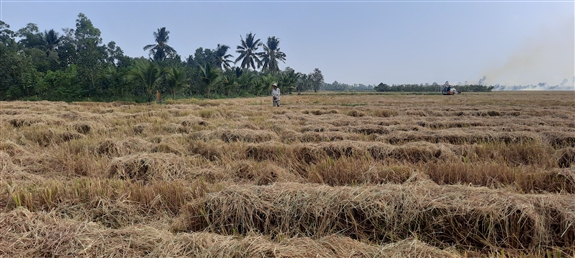
Mr. Trieu, a farmer in Vi Tan commune, Vi Thanh city (Hau Giang province) collects straw after harvesting the winter-spring rice crop to compost into organic fertilizer.
With a field area of 1.5 hectares, rice production is safe, meeting standards to meet market demand and focusing on synchronous application of mechanization and technical advances to reduce costs, improve productivity and product quality.
He uses straw to grow mushrooms indoors and compost organic fertilizer, helping to add value to rice production and overcome the problem of burning straw in the fields, which is wasteful and has a negative impact on the environment.
Mr. Trieu said that with an area of 1.5 hectares of rice grown 3 crops/year, after harvesting the rice, I take advantage of the straw source to grow straw mushrooms indoors with an area of 60m2, the amount of straw is enough for me to grow 6 crops/year, and by-products.
After growing mushrooms, I used it to mix with rice husks, ash, and coconut manure to make organic fertilizer to grow 5,000 pots of ornamental flowers for Tet. The profit from the model after deducting all expenses, my family brought in about 190 million VND.
After 2 years of implementation, Mr. Trieu added that since implementing the circular economic straw management model, his family has reduced a lot of production costs compared to previous years, such as the cost of buying straw to grow mushrooms and buying organic fertilizer to grow ornamental flowers.
In particular, applying this model also helps rice plants grow well, the grains are firm, the plants are not poisoned by organic substances, and diseases are limited. At the same time, it helps rice farmers protect their health and contribute to reducing environmental pollution.
Environmental pollution, greenhouse gas emissions, and climate change are the hottest issues today. The initial effectiveness of the model “Straw management in the direction of circular agriculture” shows that this is a model with practical effectiveness.
The model helps reduce production costs compared to traditional farming methods, increase rice productivity, and take advantage of post-harvest straw to grow mushrooms.
Instead of burning or burying straw in the ground, in flooded soil conditions it will cause anaerobic conditions, emit gases, and affect the environment.
Thereby, the Agricultural Extension Station of Vi Thanh city (Hau Giang province) has gradually expanded the model of "Straw management in the direction of circular agriculture" to help people better understand the harmful effects of burning straw directly on the field or burying straw in flooded fields, thereby choosing more suitable farming solutions and contributing to increasing income for rice growers, creating a foundation for sustainable agricultural development and protecting the ecological environment.
Some pictures of the model of processing straw into raw materials for growing straw mushrooms; composting straw into organic fertilizer for Mr. Trieu's family's crops.
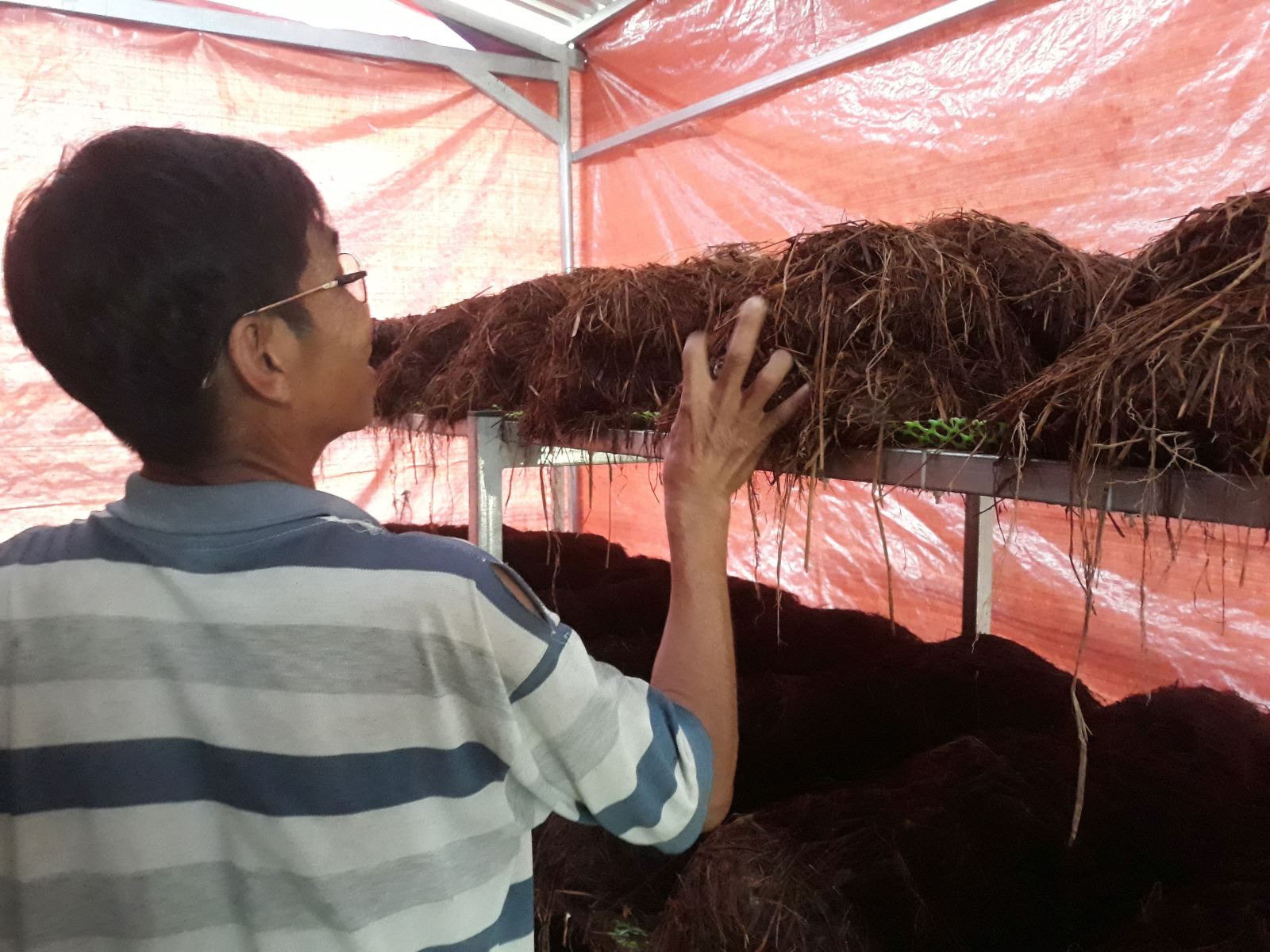
Mr. Trieu's family's straw mushroom growing model from straw he collects in the field.
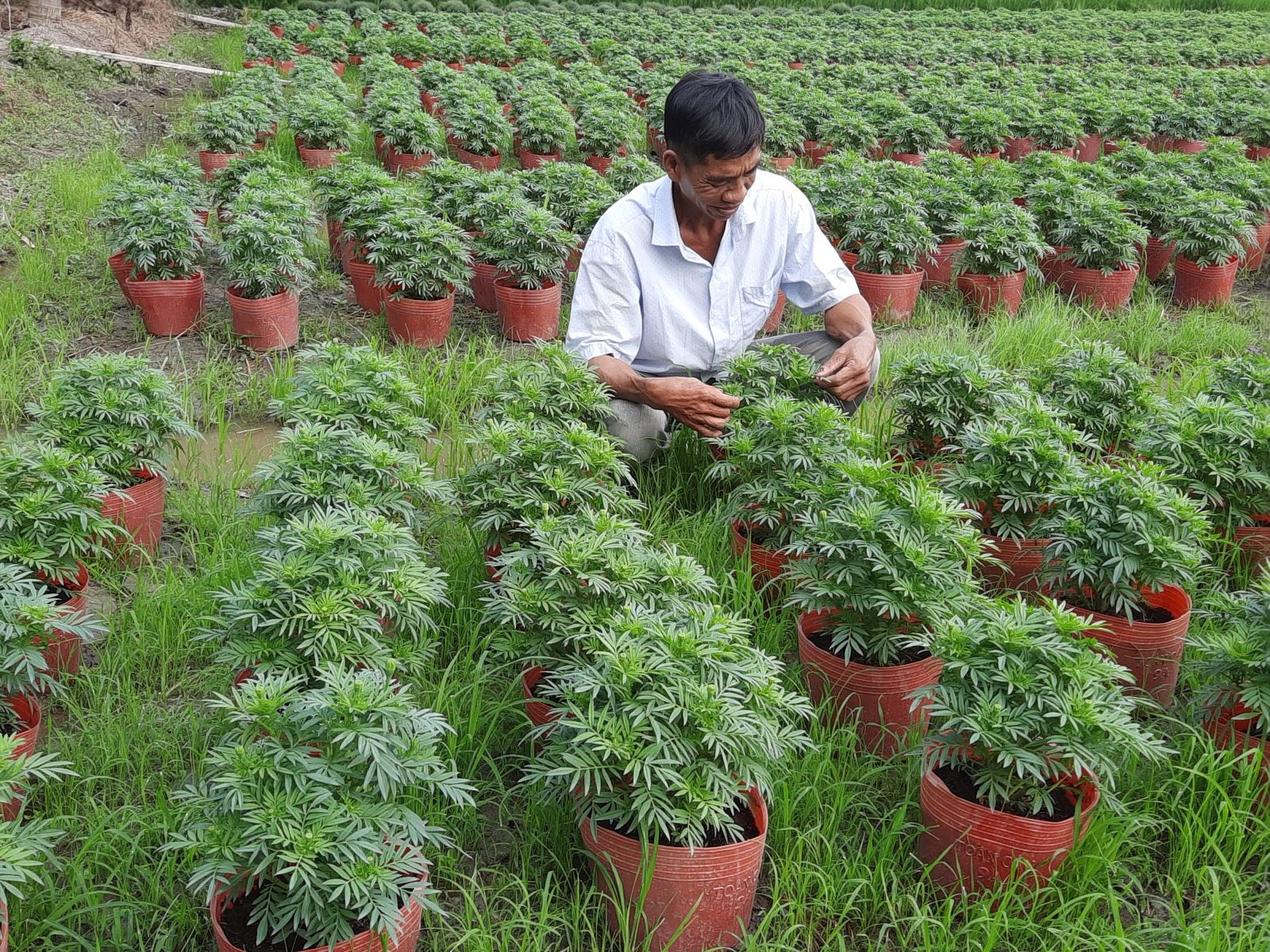
The marigold growing model of Mr. Trieu's family (a farmer in Vi Tan commune, Vi Thanh city (Hau Giang province) uses organic fertilizer from composted straw; used substrate in the process of growing straw mushrooms.
Source: https://danviet.vn/luom-rom-ngoai-dong-ve-trong-nam-rom-u-phan-huu-co-ca-lang-khen-ong-nong-dan-hau-giang-20240621205611767.htm





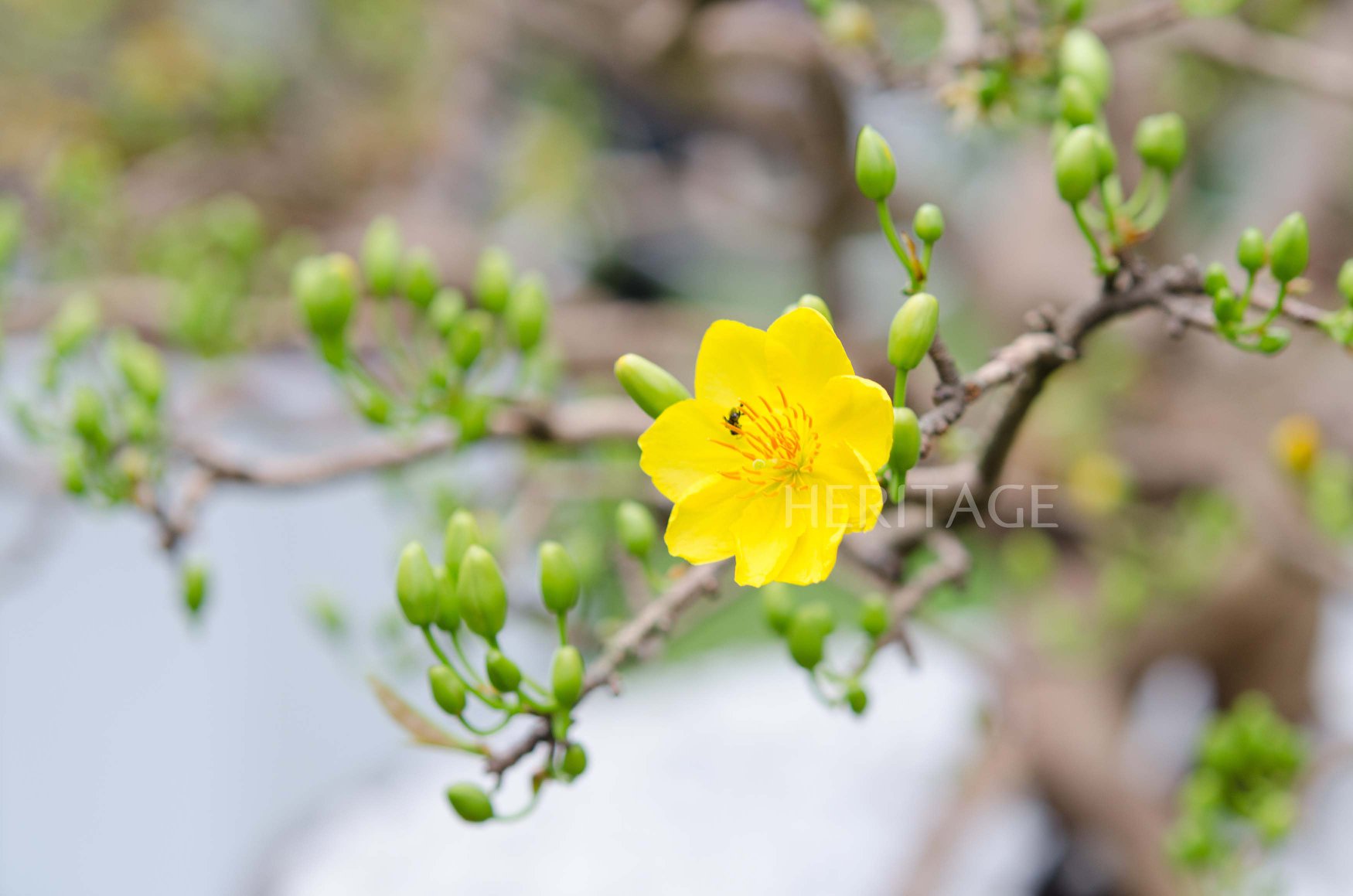















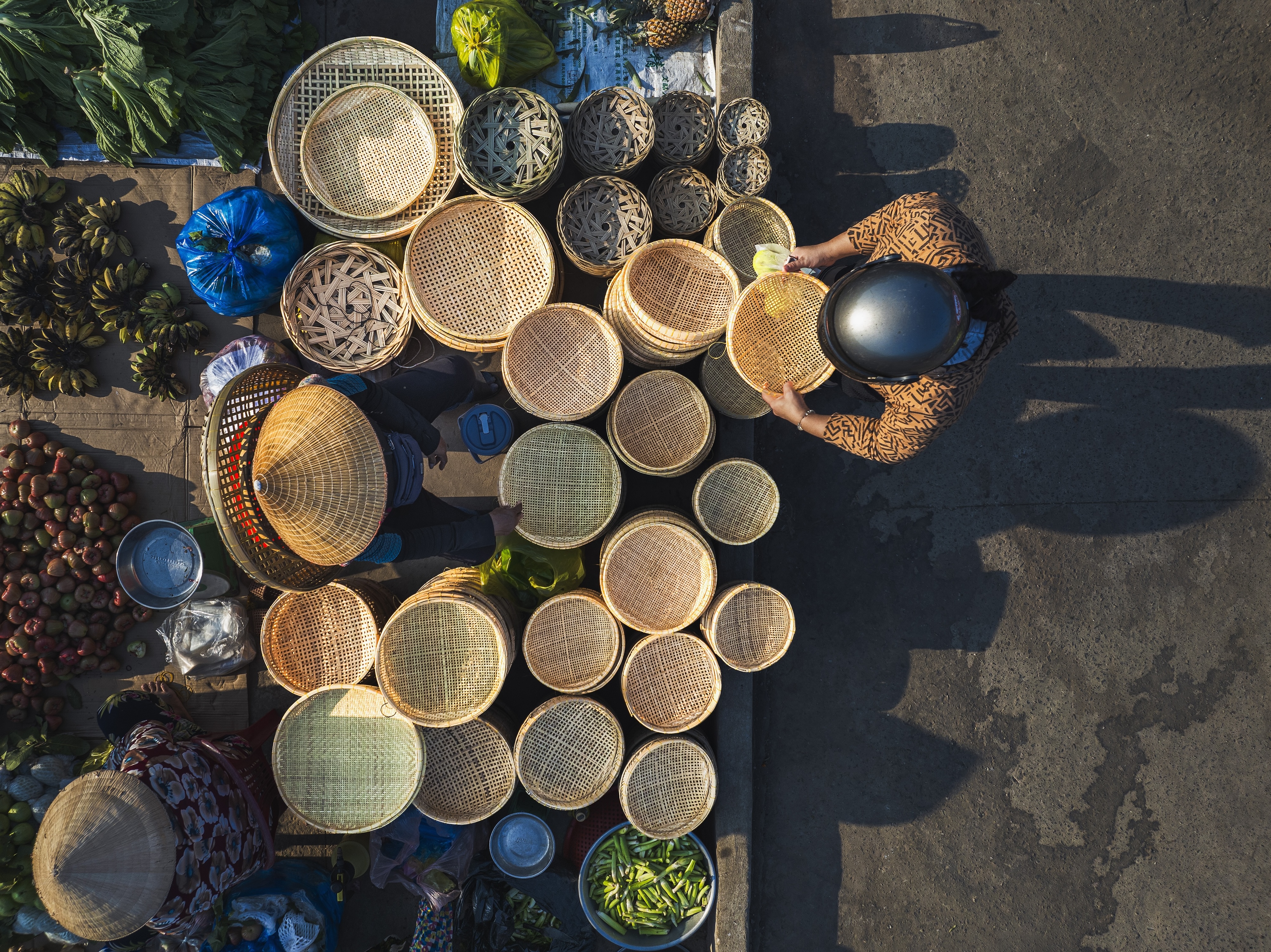

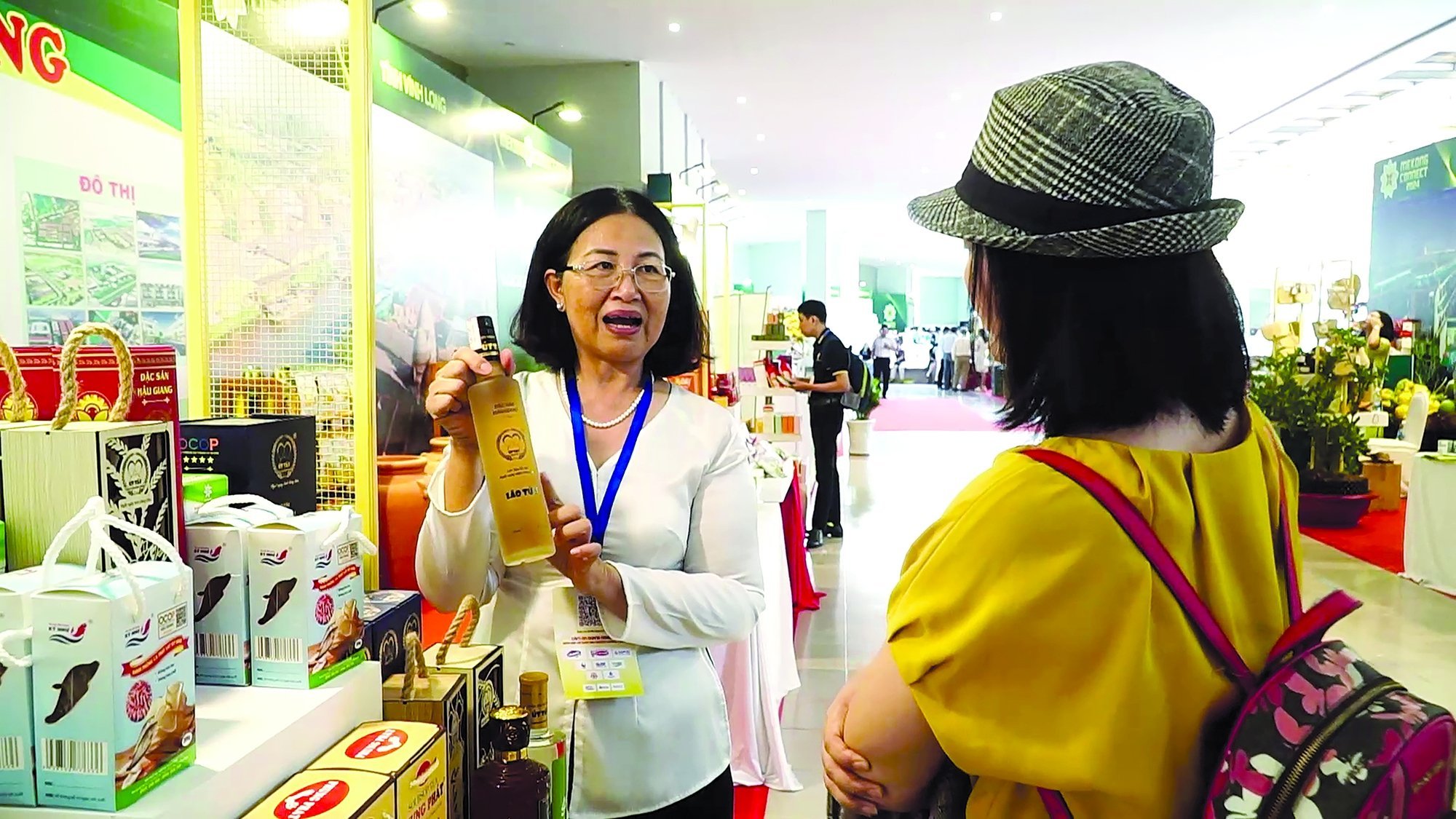
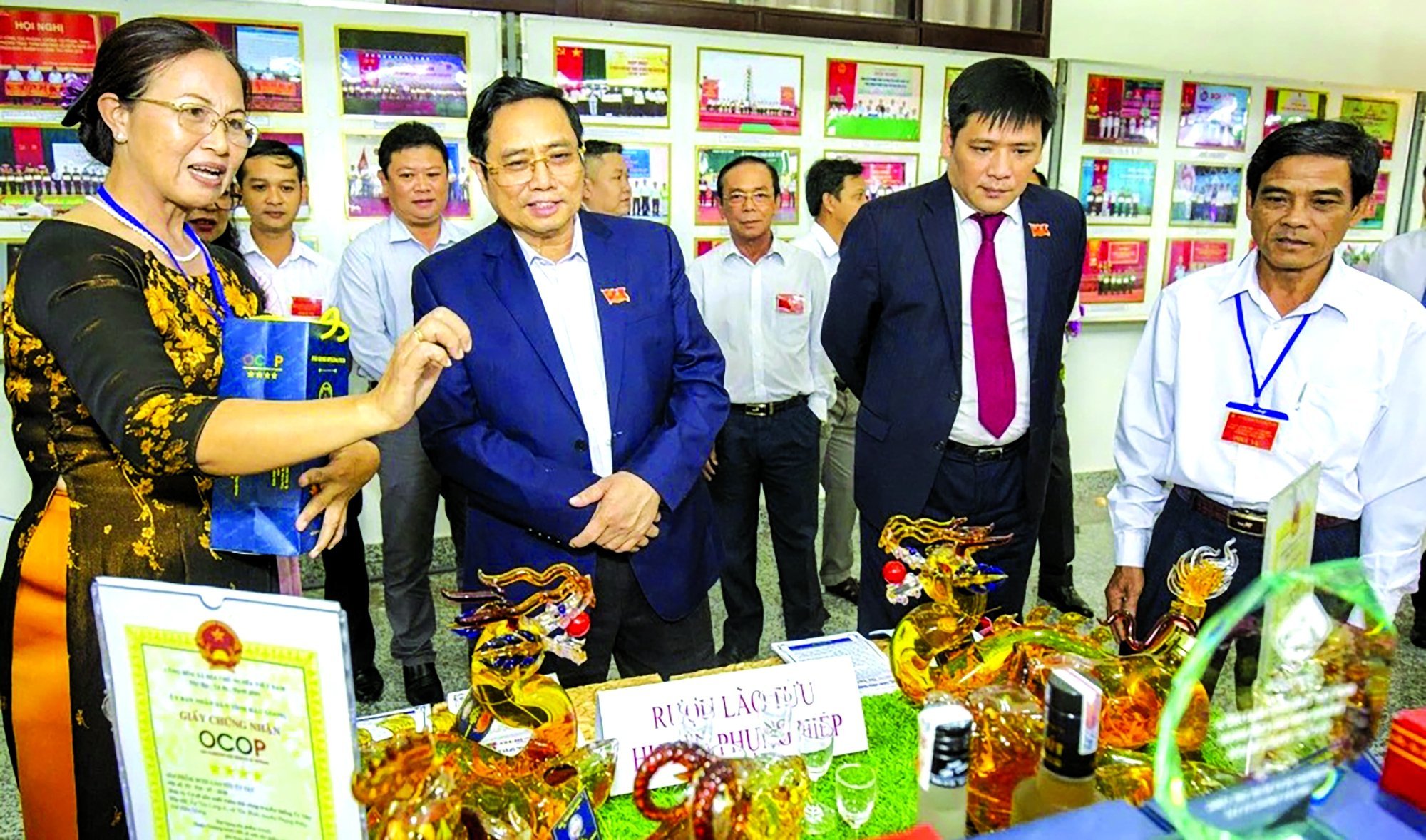
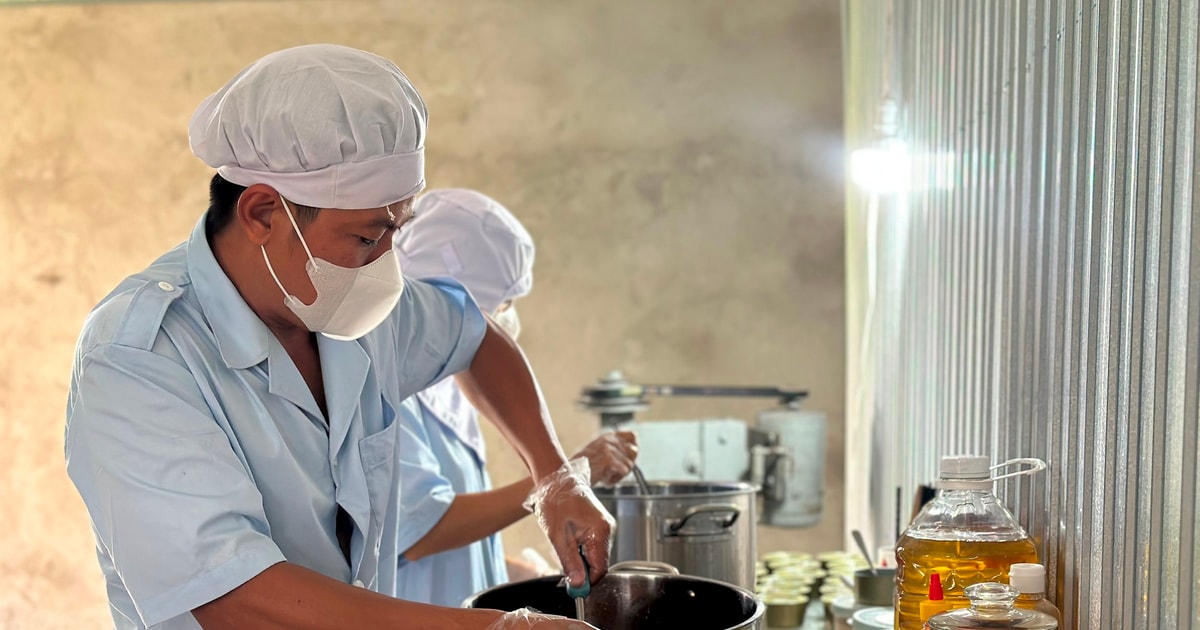
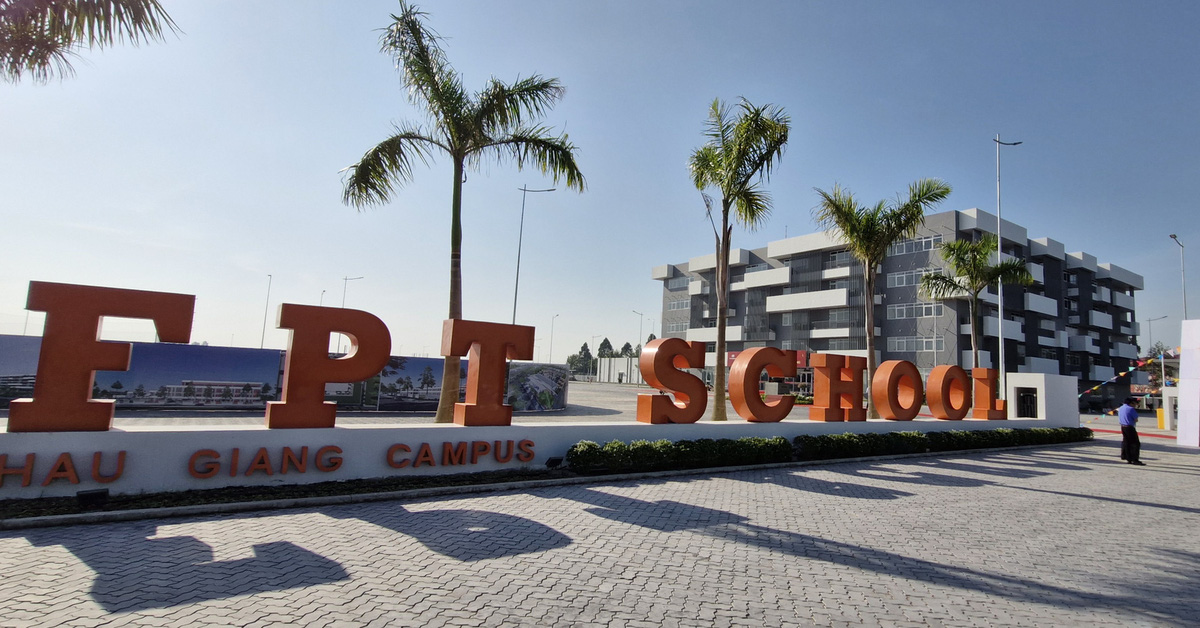
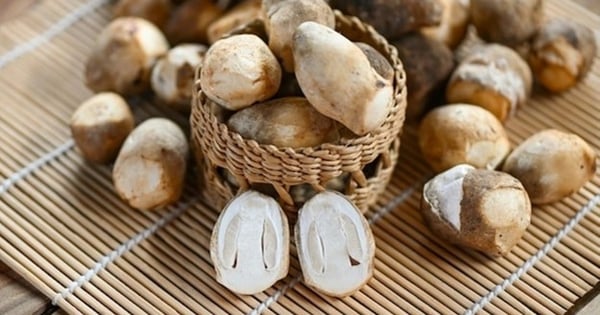

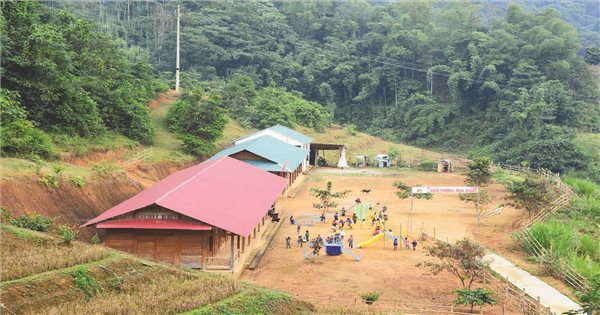


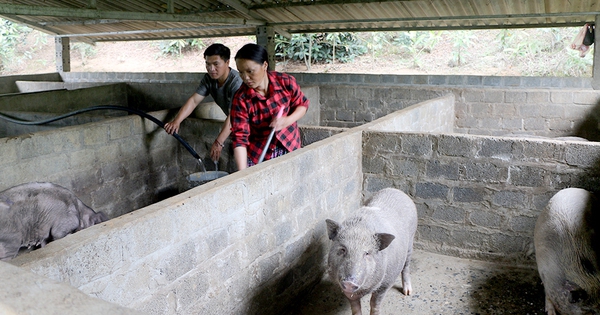
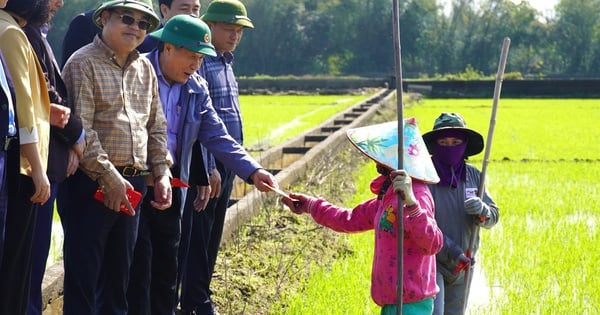
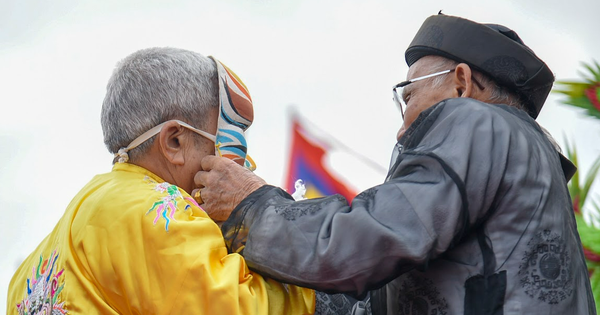

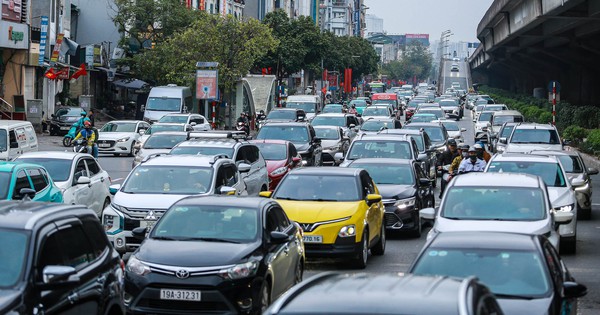



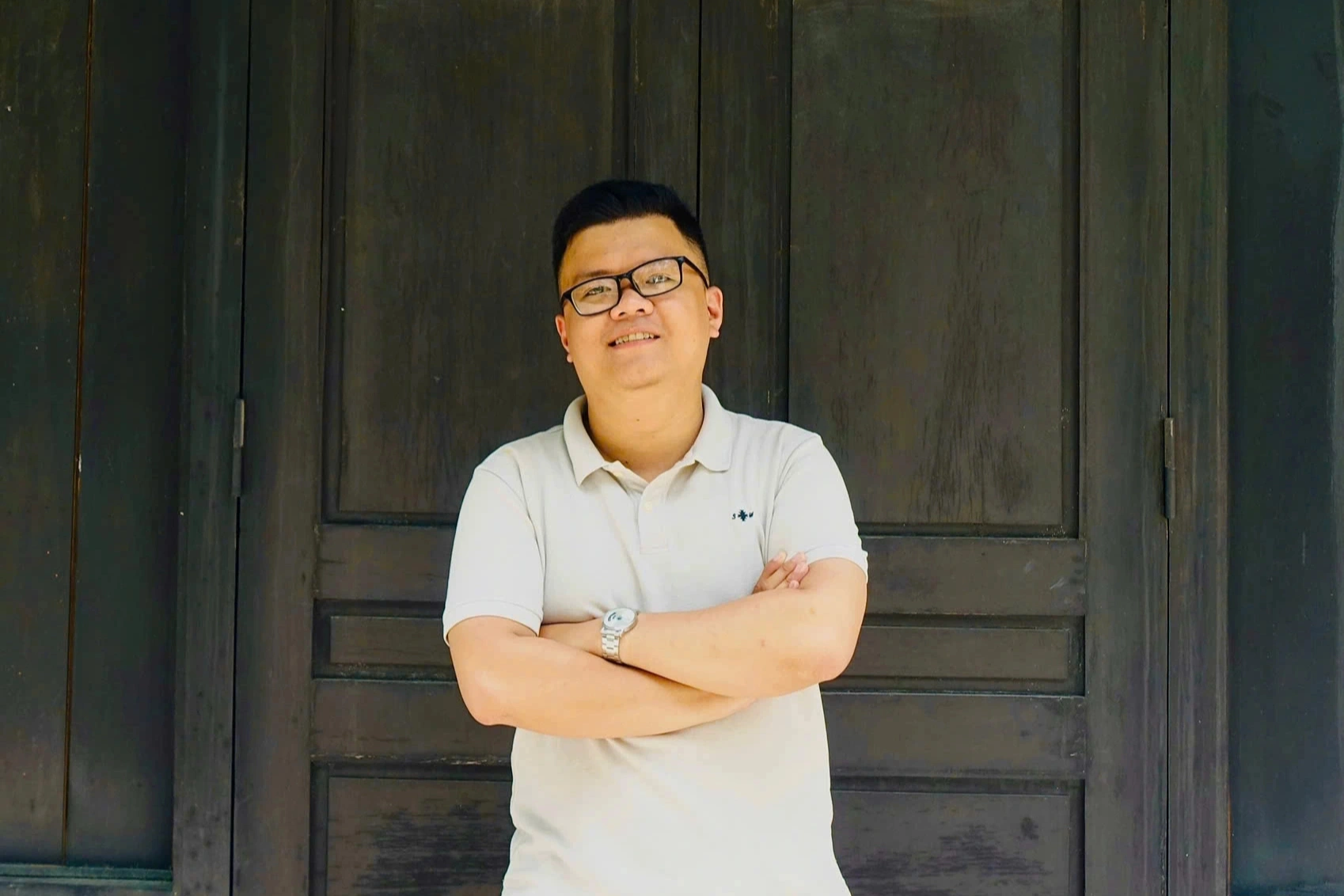
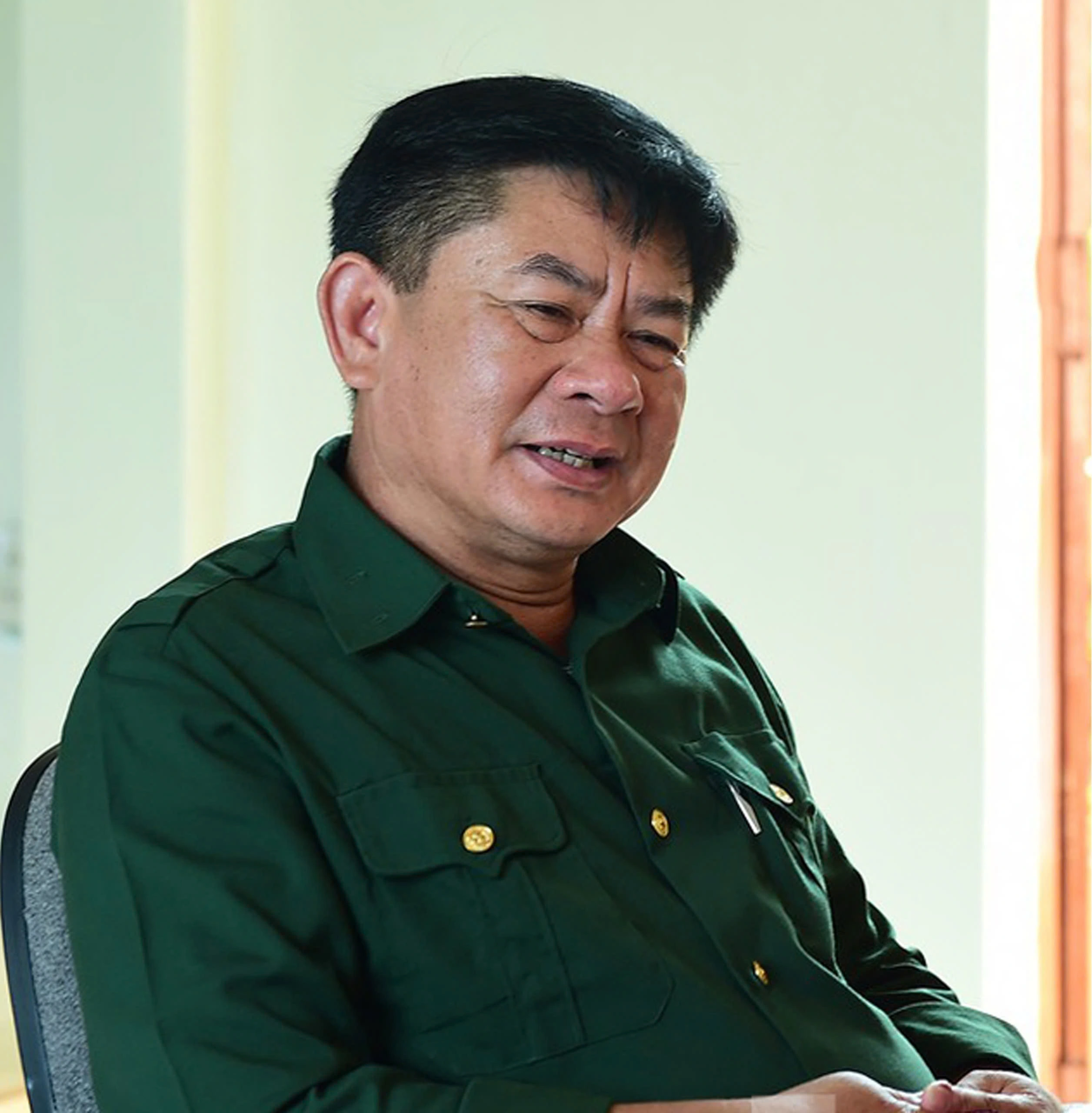

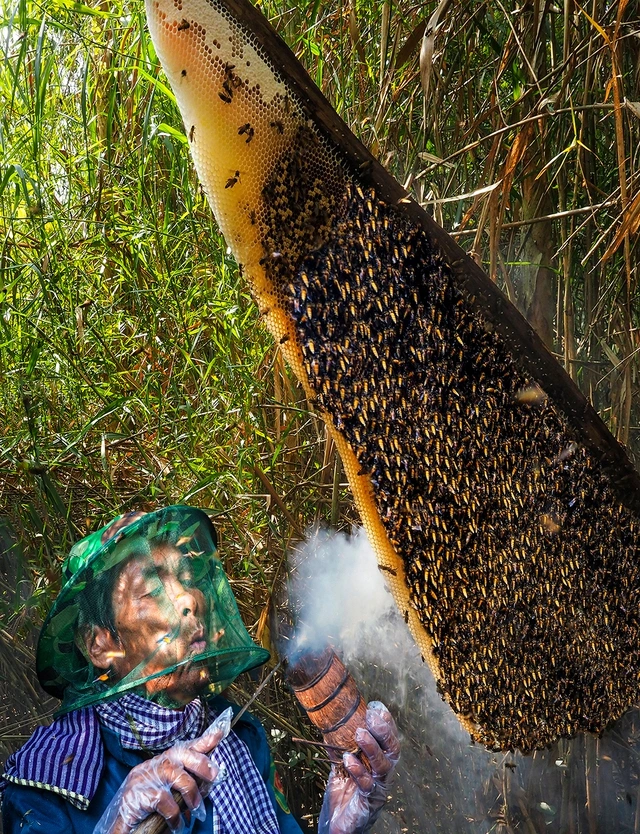


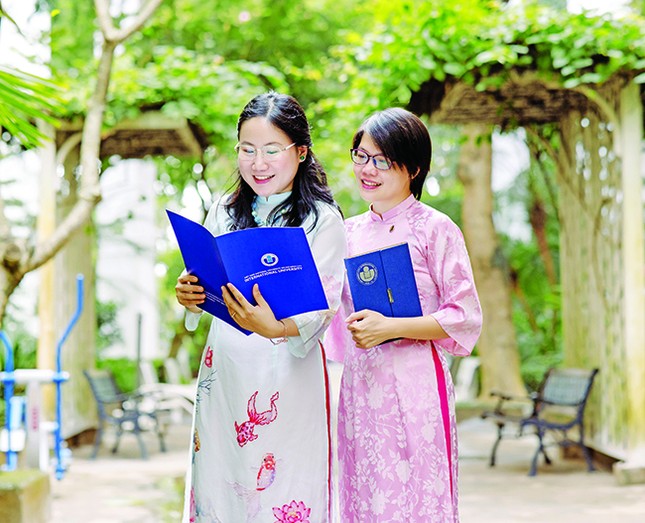




Comment (0)